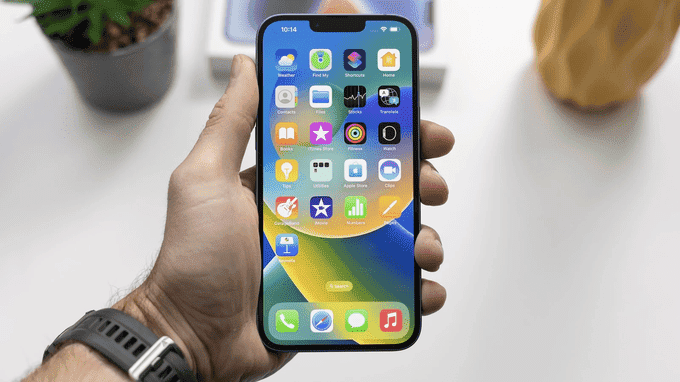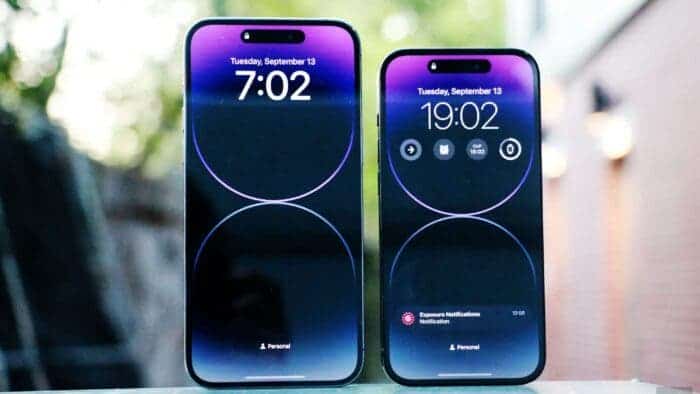

Apple spent 6 years developing its own display - to surface on future iPhones -...
source link: https://www.gizchina.com/2023/01/16/apple-spent-6-years-developing-its-own-display-to-surface-on-future-iphones/
Go to the source link to view the article. You can view the picture content, updated content and better typesetting reading experience. If the link is broken, please click the button below to view the snapshot at that time.

Apple spent 6 years developing its own display – to surface on future iPhones
According to popular leakster, Mark Gurman, Apple has spent about 6 years developing MicroLED tech. This will be Apple’s first custom-designed display screen. This screen will be applied to the Apple Watch Ultra which is set to officially launch in 2024. Mark Gurman also claims that after the early adopters of the Apple Watch Ultra, Apple’s customized MicroLED screen will be applied to iPhone, iPad and other devices. The full name of MicroLED is Micro Light Emitting Diode Display which some call light-emitting diode display. Its display principle is to miniaturize and array the LED structure design of the three primary colours of red, green and blue. The size gets to about 1 – 10 microns and it then transfers the micron-level LEDs to the circuit substrate in batches. It then installs circuits and transistors under each micron LED to complete a simple Micro LED display.

Gizchina News of the week
Apple’s new display is a Micro LED display
In comparison with LCD, OLED and Mini LED, Micro LEDs not only has a high refresh rate and low latency, but they also have high resolution, low power consumption, and thin and light performance. Specifically, TFT loss in conventional LCD is small because it is voltage driven. But due to the energy loss in the colour filter, polarizer and LC material, the efficiency of LCD is very low.
Due to its simple structure and low energy consumption, Micro LED has higher photoelectric conversion efficiency. The power consumption can be as low as 10% for LCD and 50% for OLED. It allows higher energy while greatly reducing unit power consumption. It works very well for direct lighting so that the highest brightness can reach nearly 2000 nits.
All in all, like OLEDs, MicroLEDs are also self-illuminating. However, compared with OLED, MicroLED can support higher brightness, higher dynamic range and a wider colour gamut. It can also achieve a faster update rate, wider viewing angle and lower power consumption. This is what Apple wants to develop.
Recommend
About Joyk
Aggregate valuable and interesting links.
Joyk means Joy of geeK
